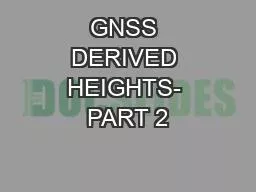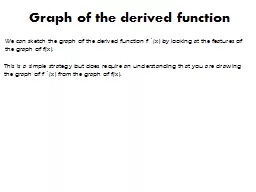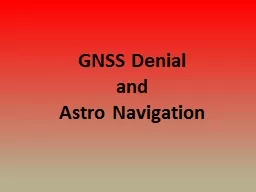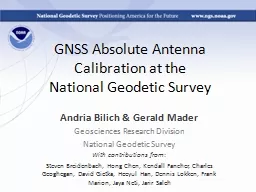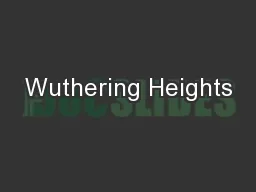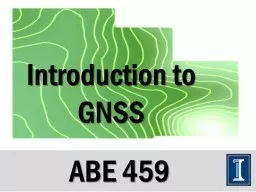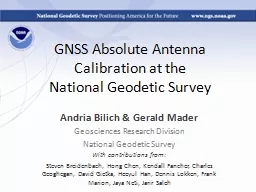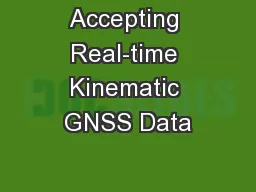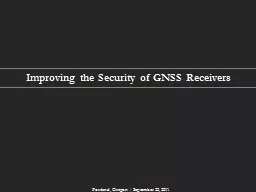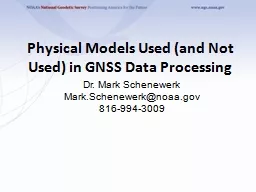PPT-GNSS DERIVED HEIGHTS- PART 2
Author : likets | Published Date : 2020-06-22
NOSNGS 59 Bill Henning Senior Geodesist PLS 3017133196 x 111 williamhenningnoaagov NGS WEBINAR OCTOBER 7 2009 GNSS DERIVED HEIGHTS DAY 1 HT MOD GNSS HT METHODS
Presentation Embed Code
Download Presentation
Download Presentation The PPT/PDF document "GNSS DERIVED HEIGHTS- PART 2" is the property of its rightful owner. Permission is granted to download and print the materials on this website for personal, non-commercial use only, and to display it on your personal computer provided you do not modify the materials and that you retain all copyright notices contained in the materials. By downloading content from our website, you accept the terms of this agreement.
GNSS DERIVED HEIGHTS- PART 2: Transcript
Download Rules Of Document
"GNSS DERIVED HEIGHTS- PART 2"The content belongs to its owner. You may download and print it for personal use, without modification, and keep all copyright notices. By downloading, you agree to these terms.
Related Documents

